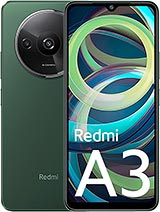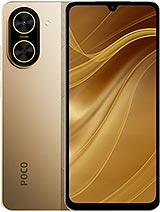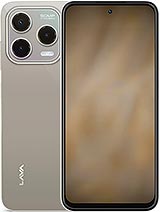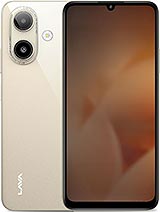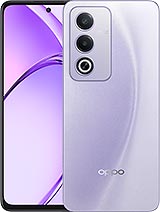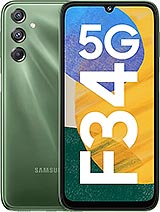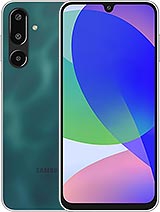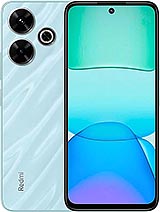Lava Yuva 4 4G alternatives
Tap above to see alternatives.
Redmi 13 alternatives
Tap above to see alternatives.
Lava Yuva 4 4G

Lava Yuva 4 4G
-
Unisoc T606
12 nm
-
5000 mAh
10W
-
6.56"
720 x 1612 pixels
-
50 MP
1080p@30fps
- Specs
2x1.6 GHz Cortex-A75
6x1.6 GHz Cortex-A55
2x2.2 GHz Cortex-A78
6x2.0 GHz Cortex-A55
4GB 128GB (UFS 2.2)
8GB 128GB (UFS 2.2)
8GB 256GB (UFS 2.2)
(wide), AF
VGA
Auxiliary lens
f/1.8, (wide), 0.64µm, PDAF
2 MP
(depth)
f/2.5, (wide)
SIM1: Nano, SIM2: Nano
SIM1: Nano, SIM2: Nano (Hybrid)
FDD: N1, N3, N5, N8, N28
TDD: N40, N78
FDD: N1, N3, N5, N8, N28
TDD: N40, N78
In this performance comparison, the Redmi 13 with its Qualcomm Snapdragon 4 Gen 2 AE (4nm) performs better than the Lava Yuva 4 4G with the Unisoc Unisoc T606 (12nm), thanks to superior chipset efficiency.
Redmi 13 offers 2 years of OS updates, whereas Lava Yuva 4 4G provides 1 years. For security updates, Redmi 13 offers 3 years of support compared to Lava Yuva 4 4G's 2 years.
Both Lava Yuva 4 4G and Redmi 13 use LCD screens. In terms of smoothness, Redmi 13 offers a higher 120 Hz refresh rate, ensuring fluid scrolling and animations. Both devices deliver the same brightness level at nits. Notably, Redmi 13 offers a higher screen resolution, resulting in sharper visuals and more detailed content.
Redmi 13 features a larger 5030 mAh battery, potentially delivering better battery life. Redmi 13 also supports faster wired charging at 33W, compared to 10W on Lava Yuva 4 4G.
Redmi 13 includes an IP53 rating, while Lava Yuva 4 4G lacks an official IP rating.
- Redmi 13 – Check price here
¹ Scores can vary even with the same chipset due to RAM, thermals, and software optimization.


